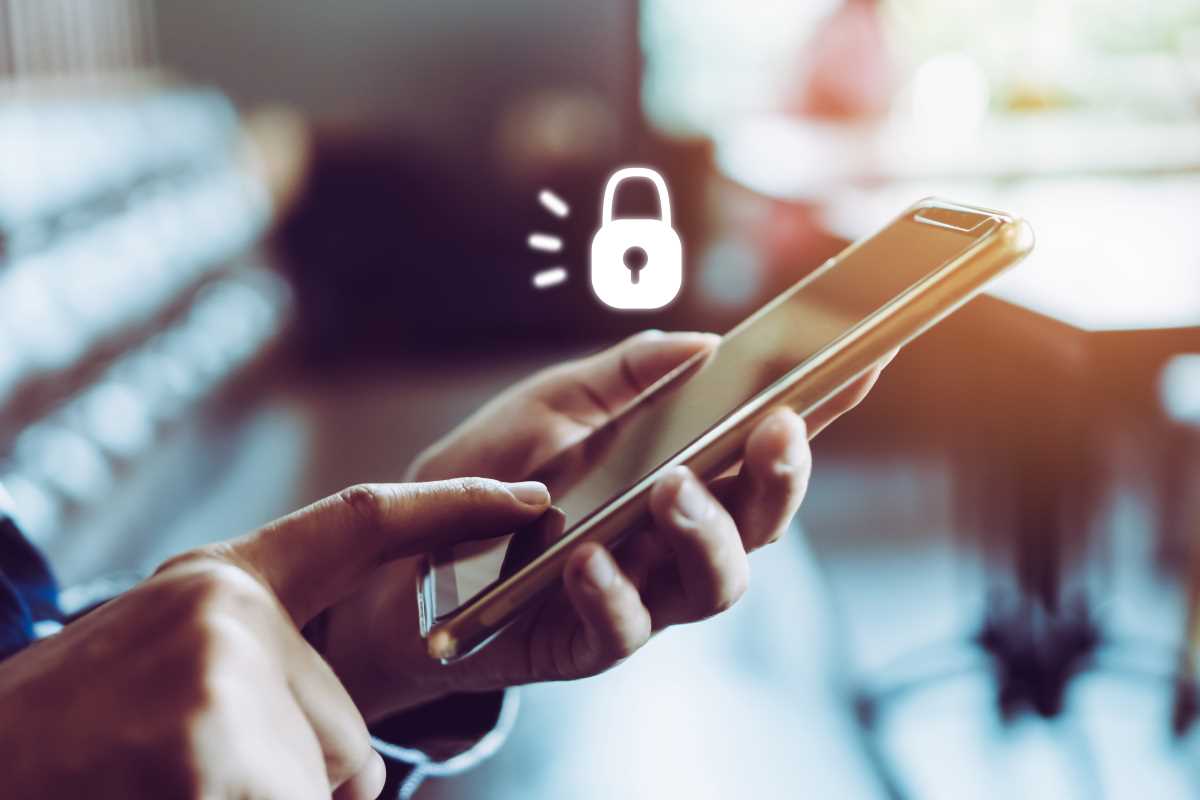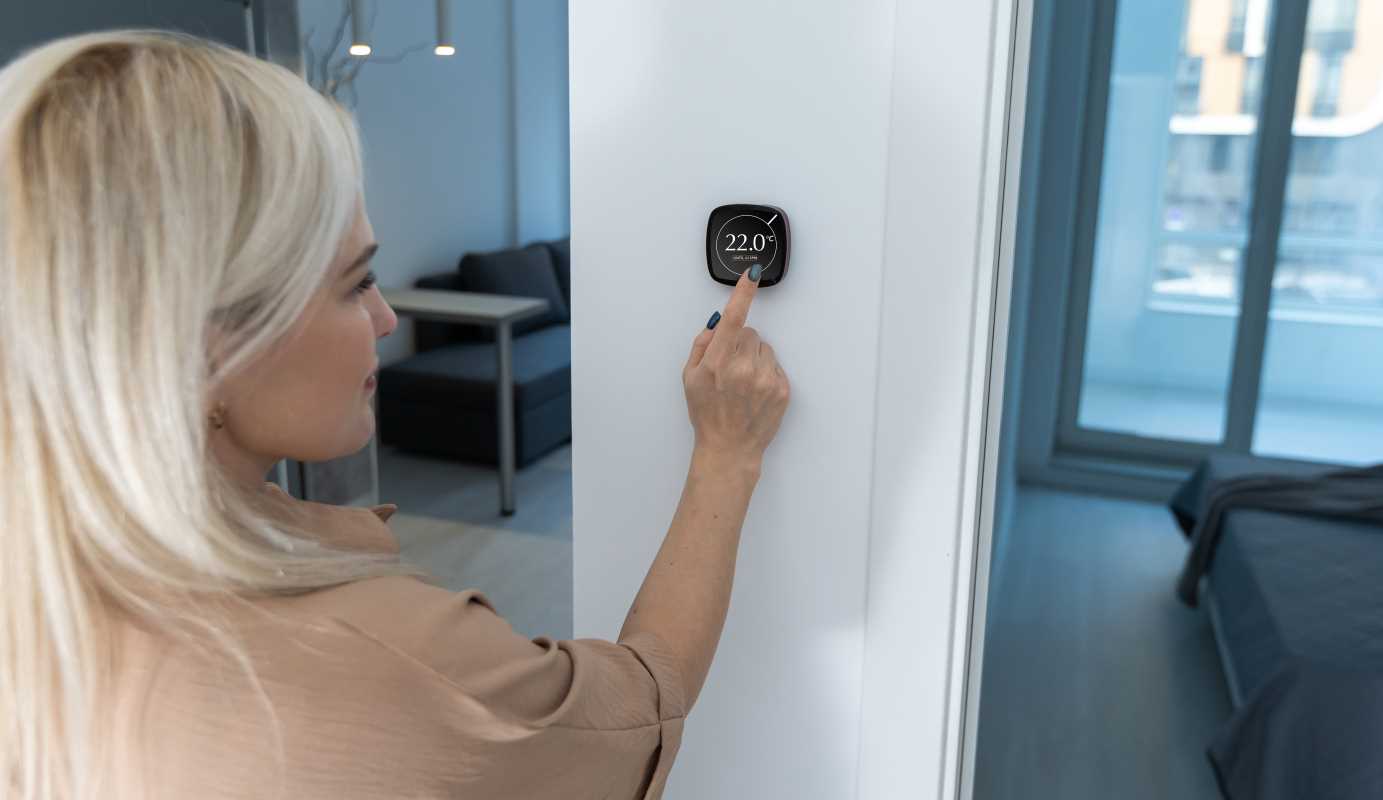Every click and keystroke shapes your digital identity, revealing more than you might realize as you interact with apps, networks, and cloud storage. Moving through these spaces without leaving a vulnerable trail starts with a new perspective: treat your data as something valuable, a resource you intentionally share rather than an accidental byproduct. Taking charge of your privacy means understanding how your digital actions create information that others might collect or use. This article explores practical ways to protect personal data and build confidence as you use modern technology, so you can enjoy greater peace of mind with every online interaction.
Taking Control of Your Personal Data
Personal information often feels intangible, yet its value increases each time you share it. Instead of accepting default settings, treat privacy controls as fine-tuning dashboards. When an app asks permission, pause to imagine a ledger registering every detail you share. Awareness becomes your first layer of defense and transforms routine choices into deliberate protections.
Focusing on data as a negotiable asset reveals hidden costs beyond storage: targeted ads, unsolicited tracking and potential breaches. By viewing data sharing as a transaction, you’ll notice subtle prompts that attempt to harvest your details. This mindset helps you resist seamless opt-ins and choose stronger privacy configurations instead of drifting along with opaque defaults.
Incorporating Privacy into Daily Routines
Privacy behaviors become stronger when you weave them into daily habits. Linking security tasks to familiar actions builds consistency without overwhelming your mental bandwidth. For example, reviewing app permissions can coincide with your weekly calendar check, while rotating encryption keys matches your monthly billing cycles. Establishing these small rituals prevents security chores from piling up into daunting tasks.
Think of tracking security checkpoints like you track fitness goals. Each completed review or update earns a small win, reinforcing the practice. Over time, these automated routines outperform ad-hoc efforts in effectiveness. The result: a lifestyle where privacy measures become as automatic as checking the weather before stepping out.
Understanding these principles helps you choose tools that fit both comfort and convenience.
Key Privacy Tools
- Signal (Secure Messaging App) provides end-to-end encryption for text and voice, blocking metadata leaks by default. It’s free, open source and maintained by a nonprofit. Insider tip: turn on disappearing messages with custom timers to erase past conversations automatically after a set period, reducing your digital footprint further.
- Tor Browser (Web Browser) conceals browsing origin by routing traffic through volunteer networks. It’s available at no cost and updated regularly. Unique feature: multi-layer encryption hides your IP address. Insider tip: open private windows only and avoid logging into personal accounts to stay fully anonymous during each session.
- Bitwarden (Password Manager) stores login credentials in an encrypted vault. It’s free for personal use with premium features under $10 per year. Unique feature: self-hosting option gives you complete control over your database. Insider tip: enable biometric unlock on mobile devices to balance quick access with strong authentication.
- NordVPN (Virtual Private Network) secures internet traffic through remote servers. Monthly plans start around $3.49 with multi-year deals available. Unique feature: obfuscated servers bypass strict network restrictions in high-censorship areas. Insider tip: use the meshnet feature to create private connections with trusted peers and share local resources securely.
- ProtonMail (Encrypted Email Service) uses zero-access encryption so even operators cannot read messages. Free accounts include 500 MB storage, while paid plans start at €4 per month. Unique feature: self-destructing emails remove content from recipient inboxes after a set interval. Insider tip: customize filters to automatically sort encrypted mail into a dedicated folder for quick review.
Protecting Your Network and Devices
Strong network and device safeguards defend every action you take. An improperly configured home router can leak data to anyone nearby, and unpatched devices often invite automated attacks. A few key steps strengthen your defenses, whether you’re at a desk or on the move.
- Change default admin credentials immediately after setting up a new router. Use a passphrase manager to generate and store long, unique passwords, then enable automatic firmware updates so vulnerability fixes apply without delay.
- Set your router’s DNS to a privacy-focused resolver like *Cloudflare*’s 1.1.1.1 or *Quad9*. Adjust individual device settings when traveling—switch between public and private Wi-Fi profiles to prevent unnecessary services from activating on unknown networks.
- Activate full-disk encryption on laptops and smartphones. Turn on secure boot or PIN-based startup to lock down the operating system right at power-on. Review device logs monthly to find irregular configuration changes or unauthorized access attempts.
Building these safeguards into your routine starts with simple steps: update firmware, strengthen passwords and verify encryption. Over time, these measures assemble into a network that resists intrusion and keeps your data under your control.
Putting It All Together
Privacy becomes second nature when you align habits, tools, and mindset. Treat personal data as valuable, embed protections into daily routines, and rely on trusted tools to prevent leaks. With this approach, you gain long-term digital safety without sacrificing convenience.







